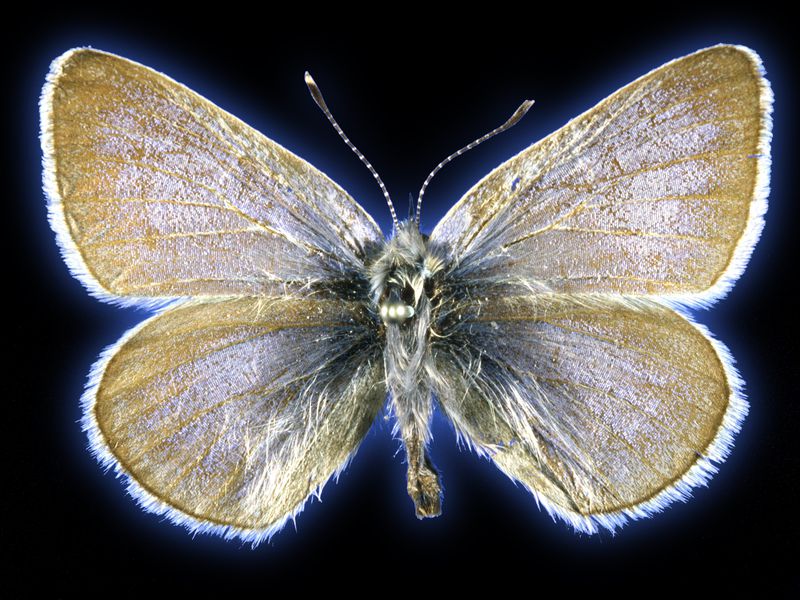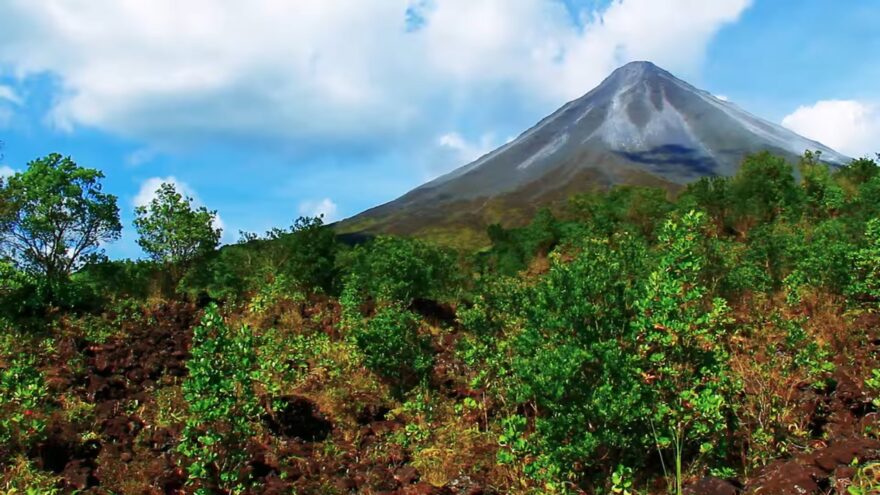Genetic tests using museum specimens suggest that the Xerces blue was a distinct species and that it disappeared in 1941
The Xerces blue butterfly has the dubious distinction of being the first insect species in the United States to have been driven off the existential cliff of extinction by humans—the last one having been collected at San Francisco’s Lobos Creek in 1941 less than 100 years after the species was first described by biologists.

There is no question that human activities, specifically decades of livestock grazing and urban development that denuded and bulldozed the dunes, caused the Xerces blue to vanish, but in the years after its disappearance, a debate emerged concerning whether this doomed butterfly was a distinct species or just an isolated population of the wide-ranging silvery blue butterfly.
Now, a group of researchers says they’ve settled the debate using genetic techniques and a 93-year-old museum specimen, confirming once and for all that the Xerces blue was its own distinct species, reports Jake Buehler for Science News. The research, published this week in the journal Biology Letters, also confirms that the Xerces was indeed the first insect that Americans erased from the planet.
Despite the permanence of extinction, the team was able to collect a tissue sample for their genetic analyses from a pinned specimen in the drawers of the natural history collections maintained by the Field Museum in Chicago. Specifically, they removed a tiny pinch of the abdomen from a Xerces blue that was captured in 1928, according to a statement.
“It goes to show how critically important it is not only to collect specimens but to safeguard them,” study author Corrie Moreau, the director and curator of the Cornell University insect collection, tells Sabrina Imbler of the New York Times. “We can’t imagine the ways they will be used 100 years from now.”
After sequencing the museum specimen’s DNA, the team compared the genetic code to the common silvery blue butterfly to figure out if they were genetically distinct from one another. The comparison revealed that the Xerces blue’s DNA was sufficiently distinct enough to warrant the designation as a separate species.
“We sort of lost a piece of the biodiversity puzzle that made up the tapestry of the San Francisco Bay area when this species was driven to extinction,” Moreau tells Science News.
But this may not yet be the end of Xerces blue’s story. Per Science News, other researchers are considering the butterfly for resurrection, in which scientists use cloning and other genetic tools to bring back extinct species. For her part, Moreau tells Science News that she’d rather see the time and money it would take to bring a species back from the dead directed at conserving and protecting those we have not yet driven out of existence.
Source: Smithsonian Magazine










